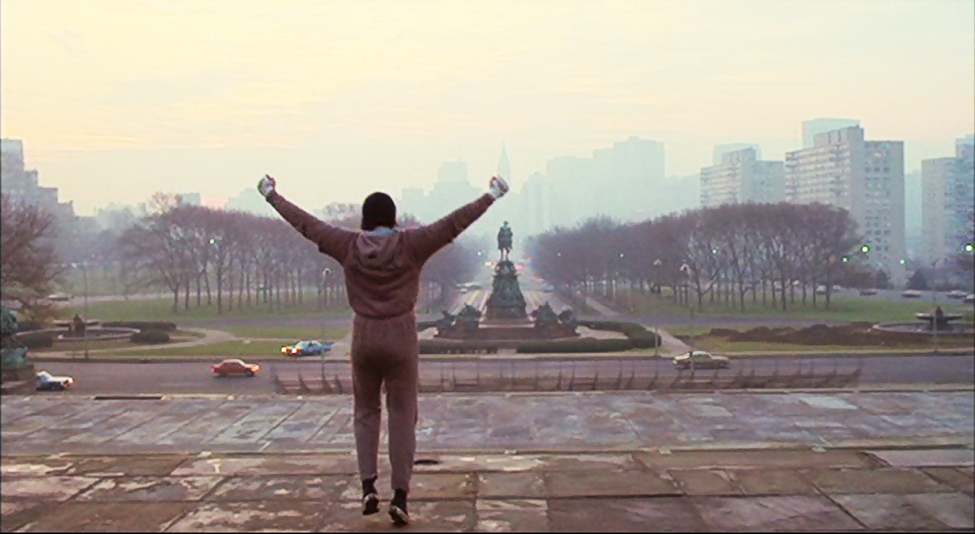Second acts can be notoriously difficult. It is the longest portion of your script and often the hardest part to navigate. Here are five strategies for getting through your second act and on to the final act.
Sequencing
You can break your entire script down into sequences. A sequence is a section of a movie which seems to have its own beginning, middle, and end. For instance, if a character needs to learn or discover something to move forward, that’s a sequence. Think training sequences in any sports movie. Scripts usually break down into sequence patterns of 3/4/2 or 3/3/2.
Rocky trains for the big fight. Photo courtesy of United Artists.
Sometimes it’s helpful to do break down the entire script into sequences, and sometimes it’s really only necessary for the second act. Even if you don’t like the concept of a sequence (and you don’t have to) think about breaking your second act into pieces to make it easier to traverse. There should be a plot point midway through, so looking at your story from the end of act one to the midpoint and then from the midpoint to the end of act two, is another way of breaking things down.
Why break things down? Each sequence or element needs to have a beginning, middle and an end. If you can figure out the beginning of the sequence and the end then it’s easier to figure out how to get from point A to point B. And once you’ve done that three or four times, you’ve practically got your second act written.
Set-Pieces
A set-piece is a part of your story that stands on its own. For example, a chase scene. To enjoy a chase scene, we really don’t need to know more than who’s chasing who…and sometimes not even that. If I say then there’s a set-piece with Bond being chased by a blonde. You don’t really need to know much more than that.
Though they sometimes happen in Act One, or even in Act Three, a great place for a set-piece is Act Two. In the second act, the audience know your character and that should enhance the set-piece, and…it’s still not too late for the audience to learn new things about them. A terrific example of a set-piece is the crop duster scene from North by Northwest.
Cary Grant runs from a plane trying to crop dust him. Photo courtesy MGM.
So, does your script need a chase scene in the second act? A makeover scene? A good old food fight?
Bring in the Wicked Witch
There’s a quote I heard attributed to Walt Disney that goes, “Just when things get good, bring in the Wicked Witch.” What this means for your second act is that things should get good, your character gets closer to his goal, things get resolved, it might even seem like the movie could end soon things are that good. And then you bring in the antagonist to ruin things. They’re still out there plotting against your hero and they’ve decided the movie isn’t over. Take two steps forward and one step back.
Work the Supporting Characters
Every film has supporting characters each of whom needs to have their own story in order to come off the page. A good example of the way subplots sometimes work would be a film like Alien. Each of the supporting characters has their own story and most of them die in act two. If you have any characters dying during your second act, make sure to give the audience reasons to like them. Otherwise, their death has no meaning. So, one thing to consider for act two is scenes where the supporting characters get to shine–even if you’re not going to kill them.
Sigourney Weaver wonders if she’ll make it through the second act in Alien. Photo courtesy of Twentieth Century Fox.
It’s About the Confusion
If you’re a little confused while writing your second act, turn that to your advantage. What that means is that you and your protagonist are on the same page. Most characters are trying to understand the story as hard as you are. Use that. Your protagonist doesn’t know what’s going to happen next, use your own confusion to inform the character. How does confusion make you feel? How does it make your character feel? What can the two of you do together to figure out what happens next?
So… what are some of your strategies for getting through act two?
